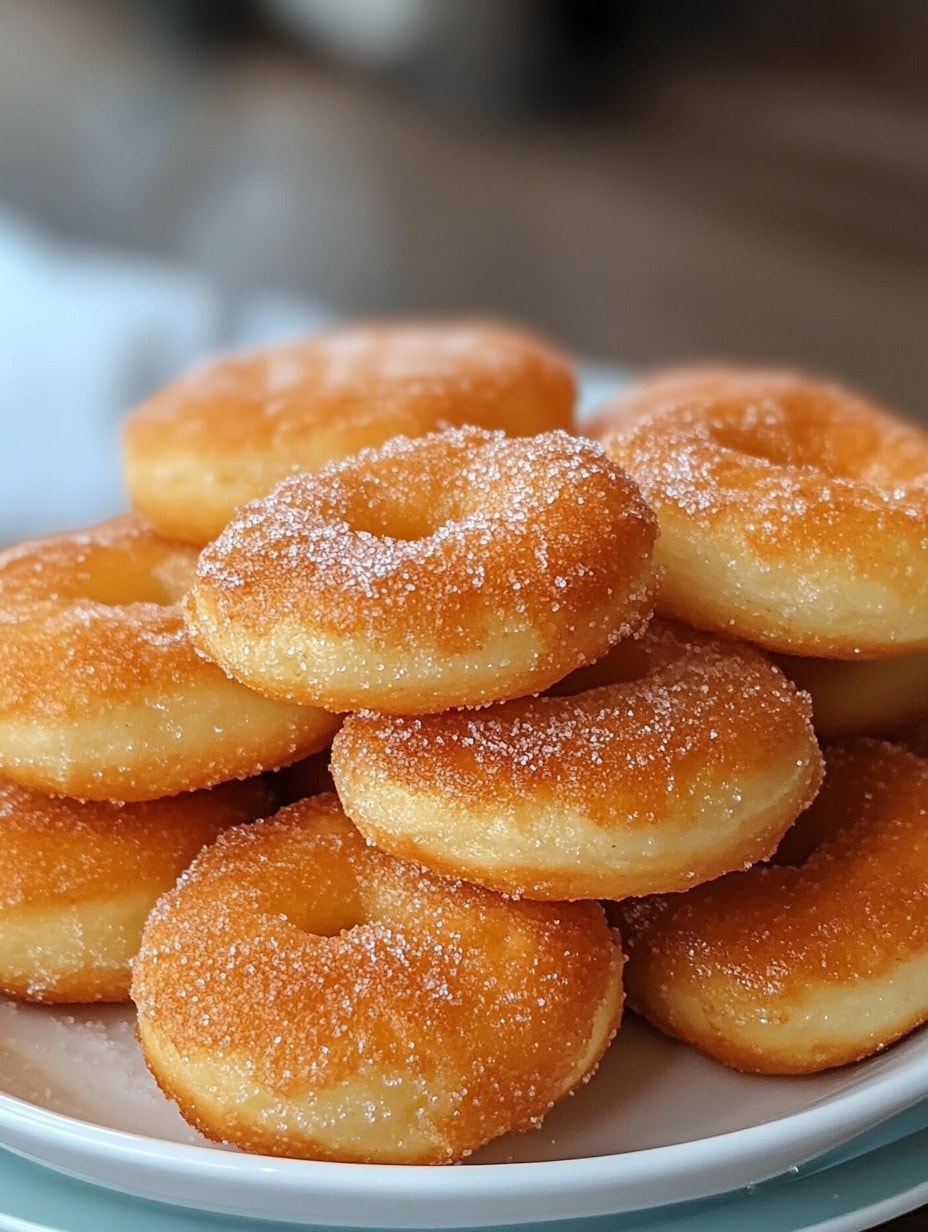ADVERTISEMENT
Yeast is responsible for both the texture and flavor of the donut. During the fermentation process, the yeast consumes sugar and releases carbon dioxide gas, causing the dough to rise. This process also contributes to the development of flavor, which is one of the reasons yeast donuts have a slightly tangy taste compared to cake donuts.
### 2. **Flour**
For a **sugar-coated yeast donut**, you’ll want to use **all-purpose flour** or **bread flour**. **Bread flour** has a higher protein content than all-purpose flour, which helps create more structure in the dough and contributes to a chewy, elastic texture. However, **all-purpose flour** will also work perfectly fine if that’s what you have on hand. A high-quality flour is essential to getting that light and tender crumb, so be sure to use a reputable brand.
### 3. **Sugar**
While the sugar coating is the star of the show, **sugar** also plays an important role in the dough itself. A small amount of **granulated sugar** is added to the dough to feed the yeast and help it rise. The sugar also contributes to the overall sweetness of the donut and helps balance out the savory yeast flavor.
For the sugar coating, you’ll use more **granulated sugar**, but you can also get creative and use **cinnamon sugar** for a twist on the classic sugar-coated donut.
### 4. **Milk**
Milk adds richness and moisture to the dough. It also contributes to the soft texture of the finished donut. You can use whole milk for a richer flavor, but if you prefer, **2% milk** or even **non-dairy milk** like **almond milk** or **soy milk** will work well as a substitute. The milk is typically heated to help activate the yeast and create a warm environment for it to grow.
### 5. **Butter**
Butter adds flavor and richness to the dough, making the donuts more tender and flavorful. It also helps with the texture, ensuring the donuts are light and airy, not dry or dense. **Unsalted butter** is recommended to control the amount of salt in the dough.
### 6. **Eggs**
Eggs are essential in providing structure and stability to the donut dough. They help the dough rise properly and contribute to the soft, chewy texture. Eggs also add moisture and richness to the donut, making them more tender and flavorful.
### 7. **Salt**
A pinch of **salt** enhances the flavor of the dough and balances out the sweetness. Salt also plays a role in controlling the fermentation process, ensuring the dough doesn’t rise too quickly.
### 8. **Oil for Frying**
The traditional method of cooking yeast donuts is **deep frying**. While you can certainly bake donuts, frying yields the crisp, golden exterior that is characteristic of classic yeast donuts. **Vegetable oil** or **canola oil** is typically used for frying due to its high smoke point, ensuring the donuts cook evenly without burning.
### 9. **Vanilla Extract (Optional)**
A splash of **vanilla extract** in the dough adds depth of flavor. This step is optional, but if you enjoy the subtle flavor of vanilla, it can help round out the taste of your donuts.
—
## Step-by-Step Guide to Making Sugar-Coated Yeast Donuts
Now that we’ve covered the ingredients, let’s dive into the process of making **sugar-coated yeast donuts**. With this detailed, step-by-step guide, you’ll be able to make donuts that are soft, pillowy, and perfectly coated in sugar.
Ingredients:
– 2 1/4 teaspoons **active dry yeast** or **instant yeast**
– 1/2 cup **whole milk**, warm (110°F/45°C)
– 1/4 cup **granulated sugar** (plus extra for coating)
– 4 cups **all-purpose flour** (or bread flour)
– 1/2 teaspoon **salt**
– 1/4 cup **unsalted butter**, softened
– 2 large **eggs**
– 1 teaspoon **vanilla extract** (optional)
– **Vegetable oil** or **canola oil** for frying
For Complete Cooking STEPS Please Head On Over To Next Page Or Open button (>) and don’t forget to SHARE with your Facebook friends
